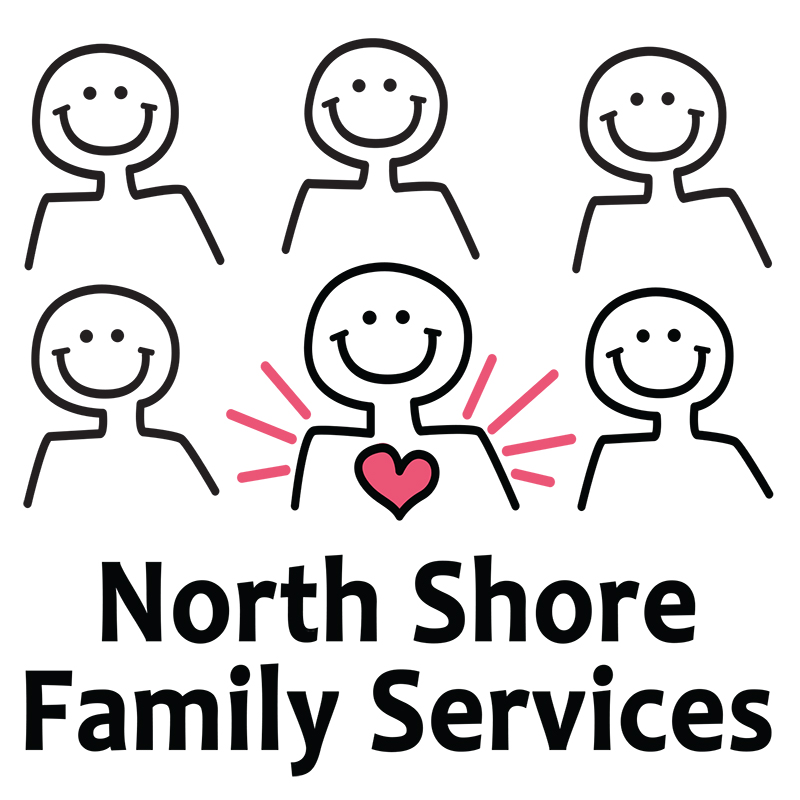
29 Nov How to Recognize the Signs of Suicide
Did you know that suicide is the second leading cause of death for children, teens, and young adults? According to the U.S Center for Disease Control and Prevention, kids as young as 5 years old, all the way up to 24 fall into that category. Those numbers are alarming, yet there is still such a stigma around not only the topic of mental health, but particularly suicide. Is it that we do not know how to start up the conversations? Are we afraid of what our kids will tell us? Are we ignoring the signs of suicide? A big part of my job as a mental health professional is to educate not only the kids experiencing these types of thoughts and feelings, but also for the parents so that they know the signs of suicide, the steps to take if they feel there kid is unsafe, and ways to support their children. Learn how to recognize the signs and what steps to take if your child is at risk.
Suicide Risk Factors and Protective Factors
There are several risk factors when it comes to suicide. What does that mean? The way that the American Foundation for Suicide Prevention explains risk factors is that they are characteristics or conditions that increase the chance that a person may try to take their life. Do these risk factors mean your child will become suicidal? No, but they are important to keep in mind, particularly when there are limited protective factors. Protective factors are those skills and strengths that help people get through tough times. They are characteristics or attributes that reduce the likelihood of suicidal behaviors. Some examples of protective factors can be having supportive family and friends, effective coping skills to manage stress, being hopeful about the future, having a strong sense of self, good problem-solving and decision-making skills, pets, religion/spirituality, and a sense of belonging. Increasing protective factors can decrease suicide risk.
Below are some suicide risk factors:
- Family history of suicide
- Family history of mental illness
- A previous suicide attempt
- A psychological disorder, especially depression, bipolar, psychotic disorders, substance use problems
- Bullying
- Impulsivity
- Exposure to violence
- Family conflict
- Feeling hopeless
- Emotional, physical, or sexual abuse
- Stressful life events
- LGBTQ (suicide rates are higher for LGBTQ youth, particularly those who have limited supports in place)
Suicide Warning Signs
There are several warning signs that may be present in your child if they are suicidal. There are more obvious signs such as a child making a verbal statement such as, “I don’t want to live anymore,” or “I wish I was dead,” or “I want to die.” There are also less obvious signs such as changes with sleeping habits – sleeping too little or too much. Knowing the warning signs of suicide and noticing any recent changes in your child’s behavior is very important. This is a time where professional help can be helpful, even if you do not fully understand what is going on. Often times, I hear parents say they feel that their child or teen just wants attention when they start throwing around the word suicide. Ignoring the signs of suicide can increase negative thoughts and feelings, which can make things worse instead of better. Knowing the signs of suicide, risk factors, and any recent changes in your kids’ behavior can save their life.
Here are some warning signs to look out for:
- Suicidal statements or talking about suicide in general
- Changes in eating and/or sleeping habits
- Isolative behaviors (staying in their bedroom more often, staying to themselves and no longer hanging with friends)
- Loss of interest in pleasurable activities (i.e. sports, clubs, socializing)
- Grades start to slip
- Ignoring or unable to identify anything positive, and seeing everything as negative
- Trouble concentrating
- Giving away treasured possessions
- Increased use of alcohol or drugs, or engagement in other risk taking behaviors
- Increased irritability, aggression, sadness, guilt, or shame
How to Help When You See Signs of Suicide
If you notice any changes in your child’s behavior, you can start by asking various open and closed-ended questions to gather additional information such as, “tell me more about how you’ve been feelings lately,” or “are you feeling depressed?” or “are you thinking about hurting or killing yourself?” Some kids and teens may verbalize what they are feeling, while others may internalize their feelings. Keep the lines of communication open so that you can express your love and support when things are going well, and when there are concerns. If you feel that your child is having a hard time opening up to you and would prefer someone more neutral, it may be a good idea to set him or her up with a mental health professional. At North Shore Family Services our therapists’ work with children, teens, young adults, and adults who experience suicidal feelings. A mental health professional can help come up with an individualized treatment plan that can reduce their suicidal thinking and uncover the root of their problems.
Err on the side of caution and get your child or teen help right away if you are concerned. If there is an immediate concern and you feel your child is unsafe, you should take them to the nearest Emergency Department to be evaluated immediately. They can help guide your family in the right direction and direct you on what to do next. For more information on suicide, you can go to the American Foundation for Suicide Prevention’s website , and you can also visit the National Suicide Prevention Lifeline or call 1-800-273-TALK

North Shore Family Services is a team of skilled and approachable therapists that help parents, children, teens, adults, and couples reduce anxiety and stress, learn effective problem-solving techniques, and manage emotions and behaviors that inhibit personal, school, family, and relationship success. We make therapy a productive, engaging and relaxing place for everyone to work hard and make the improvements they desire. To find the right-fit therapist for you and your family, visit our clinician’s page.



Sorry, the comment form is closed at this time.